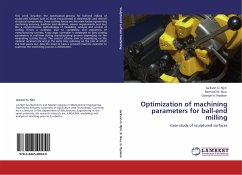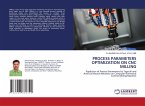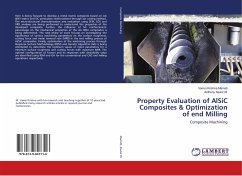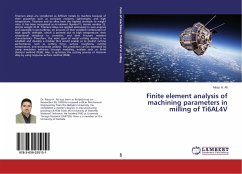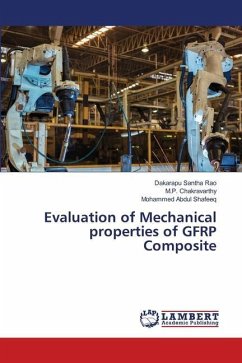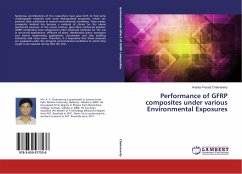High quality surface milling of Fibre Reinforced Plastic (FRP) materials present a number of problems, such milling is one of the most frequently used material removal processes in machining of FRPs to produce a well-defined surface and has surface delamination associated with the characteristics of the material and the cutting parameters used. The surface quality and dimensional precision greatly affect the parts during their useful life, especially in cases where the components come in contact with other elements or materials. Optimization of machining parameters is an important step in machining. Taguchi¿s L27 orthogonal array, milling experiments were conducted for GFRP composite plates using solid carbide end mills with different helix angles. The machining parameters such as, spindle speed, feed rate, helix angle and fiber orientation angle are optimized by multi-response considerations namely surface roughness, delamination factor and machining force. Feed forward backpropagation fuzzy logic and is trained and tested with pairs of input/output data. A very good performance of the fuzzy logic, in terms of good agreement with the experimental data has been achieved.
Hinweis: Dieser Artikel kann nur an eine deutsche Lieferadresse ausgeliefert werden.
Hinweis: Dieser Artikel kann nur an eine deutsche Lieferadresse ausgeliefert werden.


